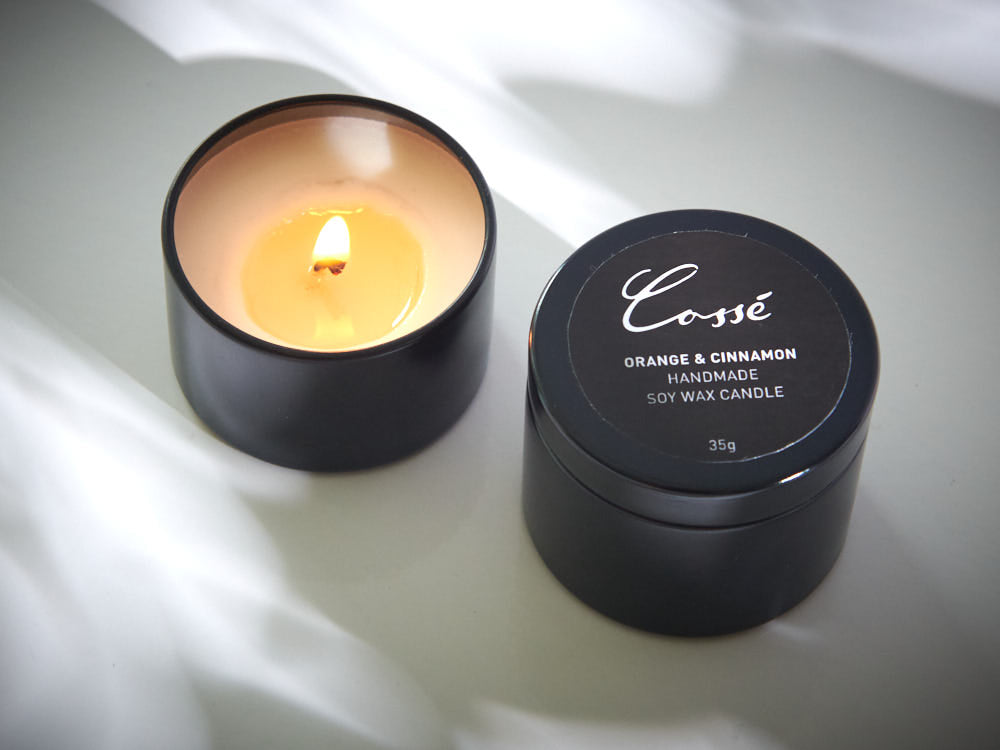From Wick to Wax: Comprehending the Chemistry Behind Soy Wax Candles and Their Environmental Influence
As we illuminate our areas with the cozy radiance of candle lights, there lies a world of intricate chemistry behind the seemingly straightforward act of lighting a soy wax candle light. The choice between soy and paraffin wax expands beyond mere aesthetics, diving into the realm of ecological influence and the extremely composition of the materials. Recognizing the molecular structure of soy wax and its combustion process clarifies the emissions launched right into our surroundings. Join us as we unwind the scientific intricacies behind soy wax candle lights and discover their effects on our atmosphere.
Soy Wax Vs. Paraffin Wax
When contrasting soy wax and paraffin wax for candle light making, it is necessary to comprehend the distinctive qualities and advantages of each product. Soy wax is an all-natural, eco-friendly source originated from soybean oil, making it biodegradable and eco-friendly - soy wax candles. In contrast, paraffin wax is a byproduct of petroleum refining, which elevates issues about its environmental influence and sustainability
Soy wax candle lights melt cleaner and release less residue contrasted to paraffin wax candle lights, making them a much healthier option for interior air quality. Furthermore, soy wax has a reduced melting factor, enabling a longer-lasting candle light that spreads scent better. Paraffin wax, on the other hand, has a tendency to melt faster and much less cleanly, possibly releasing damaging chemicals right into the air.
From a sustainability point of view, soy wax is favored for its biodegradability and renewable sourcing, straightening with the expanding customer preference for ecologically conscious items. While paraffin wax has been a conventional choice in candle light making as a result of its price and convenience of use, the change towards green options like soy wax is acquiring energy in the market.
Chemical Structure of Soy Wax

Combustion Process in Soy Candles
The chemical make-up of soy wax directly influences the combustion process in soy candle lights, influencing variables such as melt time, fragrance launch, and ecological impact. When a soy candle is lit, the heat from the fire thaws the wax near the wick. This liquid wax is after that prepared the wick as a result of capillary activity. As the liquid wax gets to the fire, it undergoes and evaporates burning. The combustion process entails the vaporized hydrocarbons in the wax reacting with oxygen in the air to generate warm, light, water vapor, and carbon dioxide.
The burning efficiency of soy candles is influenced by the pureness of the soy wax and the top quality of the wick. Furthermore, soy wax candle lights have a reduced environmental effect contrasted to paraffin candles due to their sustainable and naturally degradable nature.

Environmental Advantages of Soy Wax

Thought about a sustainable choice to conventional paraffin wax, soy wax provides remarkable ecological benefits that make it a prominent option among eco-conscious consumers. One significant benefit of soy wax great post to read is its eco-friendly sourcing. Soy find more information wax is originated from soybean oil, which is mostly grown in the United States. The farming of soybeans helps sustain neighborhood farmers and minimizes the reliance on non-renewable nonrenewable fuel sources used in paraffin wax production. In addition, soy wax is eco-friendly, indicating it damages down normally without releasing hazardous toxins right into the environment. This characteristic makes soy wax candle lights a more ecologically pleasant alternative contrasted to paraffin wax candle lights, which are made from oil, a non-renewable resource. Soy wax burns cleaner and creates much less residue than paraffin wax, contributing to better indoor air top quality and decreasing the demand for cleaning and maintenance. On the whole, the environmental advantages of soy wax line up with the growing need for eco-friendly and sustainable items in the marketplace.
Recycling and Disposal Factors To Consider
Recycling and proper disposal of soy wax candle lights play an important duty in keeping environmental sustainability and lowering waste in families and areas. The very first step is to make certain that the candle light has actually shed completely when it comes to recycling soy wax candle lights. This can be attained by allowing the candle to burn up until the wick is no much longer useful, and after that allowing the staying wax cool and strengthen. As soon as the wax has solidified, it can be very carefully removed from the container.

In regards to disposal, if recycling is not a choice, soy wax candle lights are biodegradable and can be safely taken care of in a lot of house waste systems. It is constantly advised to you could check here check with neighborhood reusing centers or waste management services for certain guidelines on candle light disposal to make sure proper handling and ecological defense.
Verdict
In final thought, the chemistry behind soy wax candle lights exposes their environmental benefits over paraffin wax candle lights. Soy wax, acquired from soybean oil, burns cleaner and produces less residue when contrasted to paraffin wax.
When contrasting soy wax and paraffin wax for candle light making, it is essential to recognize the unique features and benefits of each material (soy candles).Soy wax candle lights shed cleaner and emit less residue contrasted to paraffin wax candle lights, making them a healthier option for indoor air quality.Thought about a sustainable alternative to traditional paraffin wax, soy wax offers notable environmental advantages that make it a prominent selection amongst eco-conscious consumers. Soy wax burns cleaner and produces much less residue than paraffin wax, contributing to far better interior air quality and decreasing the requirement for cleansing and upkeep.In final thought, the chemistry behind soy wax candles exposes their environmental advantages over paraffin wax candles